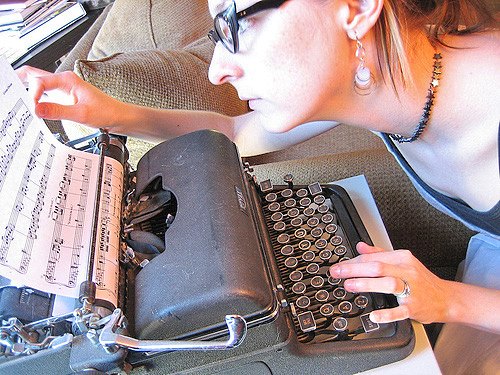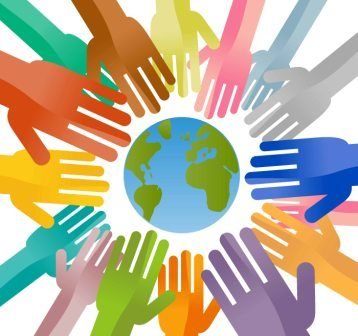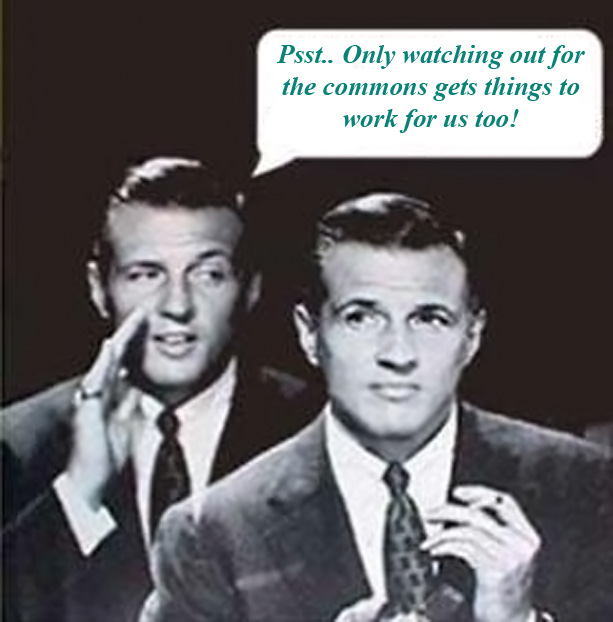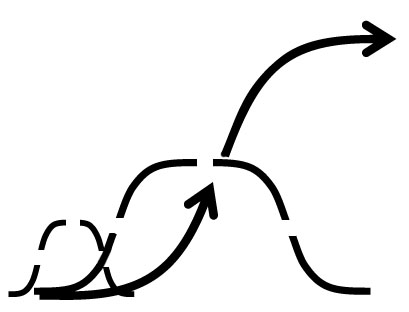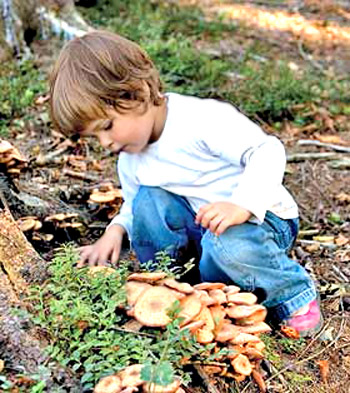To open a LinkedIn community discussion in “Systems Thinking World”, on the “whole systems approach” and scientific method I use, for discovering and understanding natural systems, I offered the following lead-in
Related theory pages: 1 Natural Pattern Languages, 2 ‘Big Data’ and the right to human understanding, 3 Global accounting of responsibilities for economic impacts, 4 Missing Principles of Ecological Thinking – in plans for the Earth, 5 Steering for the organizational Lagrange Point, 6 “The next big challenge” a biomimicry for a self-regulating financial commons, 7 General intro: Natural Systems & Synapse9, 8 Archive of early data analysis studies. 9 & other theory posts
______________________
Could we study systems that invent their own theories?
We might study anything identifiable, and growth curves in time-series data seem associated with some kind of growing system, developing from scratch. The usual difficulty discovering what’s going on inside them may be strong evidence that they’re organized and changing internally, not visible to or determined by their environments. If such individual systems exist, would they also have locations, external bounds of some kind, a beginning in time and an end?
______________________
7/24/12
54 comments
#1• Jessie Henshaw • There are a few problems I’m trying to raise with this. One is the scientific difficulty of studying things you can point to, but can’t actually define. Science does better with “data” and numerical relationships, studying that as a ‘map’ for a more complex ‘territory’. Organizational change within individual natural systems isn’t readily mapped by “data”, though.
Is that one of the reasons there appear to be so many kinds of individual events and natural systems that display periods of essentially explosive creative organizational development, from storms to personal relationships, to social movements, disease outbreaks and swarms of new technologies, but science seems not to have yet identified that as a field of study?
12 days ago
#2 • Fabian Szulanski • What about agent based modeling? Would that be a point of departure for helping understand? Then some emergence, bifurcation and disorder could eventually appear.
12 days ago
#3 • Jessie Henshaw • @Fabian Well, that would be studying models for mathematical rules, not natural systems, wouldn’t it? To study natural physical systems, as if they were ABM’s, is more like what I’m suggesting.
Say you assume the natural world is like the big amazing computer the physicists postulate it actually is. Well then, we’re looking right at nature’s ABM without realizing it, and just need to discover it’s way of inventing things. We don’t have access to a “decompiler” of nature’s source code, though, do we? What we see are systems that evolve new organization by changing everywhere at once, somehow. It makes it appear that nature is doing fresh programming, on many levels at once, with nearly every process and event she creates. Continue reading Natural Whole Systems Thinking – philosophy & method on STW

